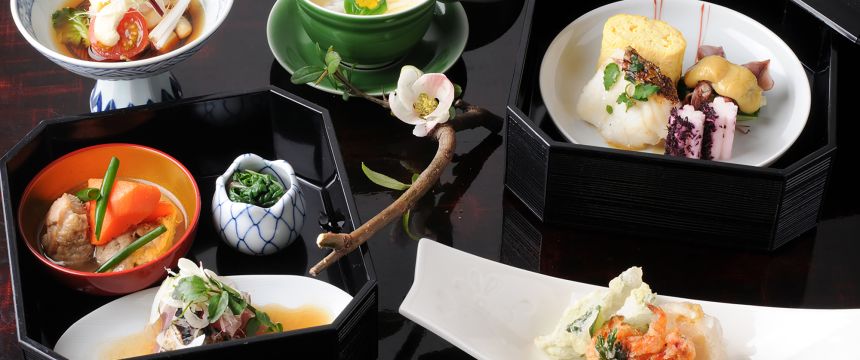
Japan’s Essential Seasoning Go back to the source to savor the 1,200-year history of soy sauce
Yuasa, Wakayama Prefecture - Kansai
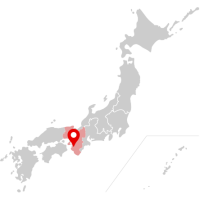
From sushi and sashimi to tempura and ramen, just about every aspect of Japanese cuisine is imbued with the rich flavor of shoyu, the distinctive soy sauce that has been developed over the centuries in Japan. This essential seasoning comes in numerous guises, but all trace their origins back to one place: the town of Yuasa in Wakayama Prefecture, just south of Osaka. Here, shoyu breweries keep alive traditional fermentation techniques first developed some 800 years ago. To discover how soy sauce—and another culinary staple, miso—are crafted, wander through the atmospheric streets and experience firsthand the aroma and flavor of history.
The Rich Heritage of Yuasa’s Traditional Soy Sauce
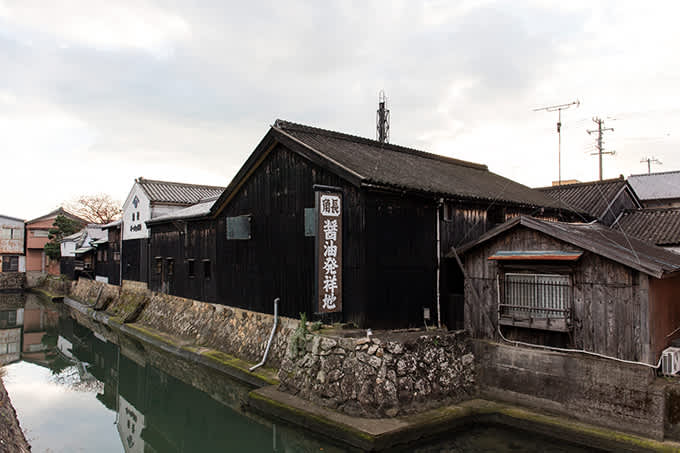
A leisurely train ride south from Osaka takes you to the historic town of Yuasa, on the west coast of the Kii Peninsula. It was here, during the Kamakura Period eight centuries ago, that a Buddhist monk named Kakushin settled, bringing with him a recipe that would change the world of gastronomy.
While he was studying Buddhism in China, Kakushin learned how to make a savory seasoning from soybeans and barley fermented with chopped vegetables. He started producing it in Yuasa, where it became known as Kinzanji-miso, from the name of the temple where he had stayed. He also began teaching the technique to his disciples. Before long, they noticed that a rich, savory liquid developed inside the kegs during the long fermentation process. They found it to be a nourishing condiment in its own right. This, the story goes, was the first soy sauce ever made in Japan, and Yuasa became the cradle for its production.
Over the years, this liquid evolved into the kind of shoyu now found in sushi restaurants and home kitchens around the world. At its peak, during the 17th century, Yuasa boasted 92 shoyu breweries. Today, there are just four that keep alive the traditional methods. The town’s heritage, however, lives on in its historic warehouse district, which survives from the Edo Period (1603–1868). Carefully preserved and renovated, many of the buildings in this government-designated Preservation District have been converted into museums and cafés. As you wander through the narrow streets and alongside quiet canals, you can literally smell the history.
Living History Preserved
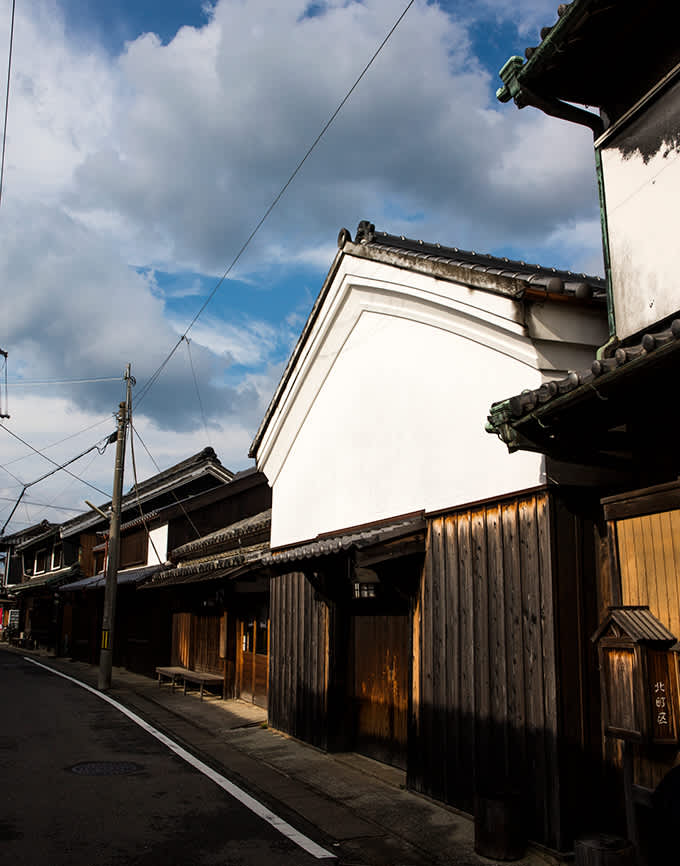
The place to orient yourself is Yuasa Umaimongura (literally the Tasty Things Warehouse). You’ll find displays of the various kinds of soy sauce and miso made in Yuasa. There is also a diorama of the old town, giving you a birds-eye view of how the ancient streets and canals were laid out.
From there, head to Kadocho, the oldest surviving shoyu producer in the town. Housed in a low-slung old building constructed in 1841, this company still follows the same traditional brewing processes, using huge cedar-wood barrels to age the soy sauce mash for up to two years. By contrast, modern mass-produced shoyu takes only a few months to finish. While the production area is too small to accommodate visitors, Kadocho has opened two rooms to house its most venerable artifacts and company records, and to explain how its products are made.
If you’re keen to find out more, your next stop should be Yuasa Soy Sauce Co., Ltd., which offers tours of its factory. Here you get to observe the whole process, from the raw ingredients—whole soybeans, wheat, and water—to the warehouse where the massive wooden barrels of fermenting mash are stirred by hand using long paddles. Finally, you see the pressing, pasteurization, and bottling processes. Later, you can even roll up your sleeves and join in a workshop to create your very own soy sauce!
Museum of Traditional Shoyu
To help visitors explore Yuasa’s impressive heritage, a local organization has put together a suggested walking itinerary. The aim is to encourage you to experience the town—and its food culture—with all five senses: first by looking and listening, then by touching, next by enjoying the fragrance, and finally by tasting.
This initiative, called the Yuasa Machigoto Soy Sauce Museum, is not just a single building. The “museum” is the town itself, and the “exhibits” include not only the shoyu producers but also local restaurants, shops, and cafés where you can see and see for yourself exactly how the soy sauce brewed in Yuasa is used in people’s daily lives.
The walking map and other information about Yuasa can be downloaded as a multilingual download from the Yuasa Machigoto Soy Sauce Museum website.
A Proud Food Culture
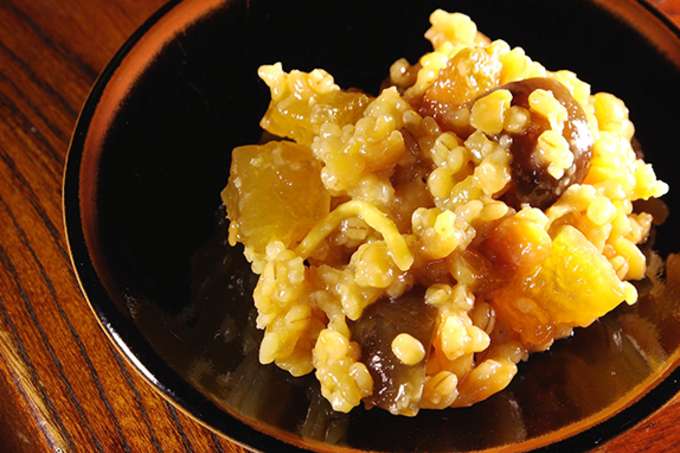
While shoyu has hogged the headlines in Yuasa over the centuries, the town has many other foods to offer. Kinzanji-miso, the point of origin for Japanese soy sauce, is still a popular local specialty. Fermented soybeans, barley, and rice koji (the starter culture) are mixed with pickled eggplant, uri melon, shiso, ginger, and often other vegetables. Unlike types of miso that are used in soup, Kinzanji-miso is eaten as a savory condiment, often with tofu or on rice. It is also a favorite side dish served with sake.
Thanks to its location on the coast, Yuasa has access to excellent fresh seafood, such as aji (horse mackerel) and saba (chub mackerel), both usually eaten grilled. Another popular catch is shirasu (tiny young sardines, also known as whitebait), which are typically served fresh or semi-dried on rice, seasoned with shoyu, umeboshi (pickled plums), or dried seaweed to create a local specialty called shirasu-don.
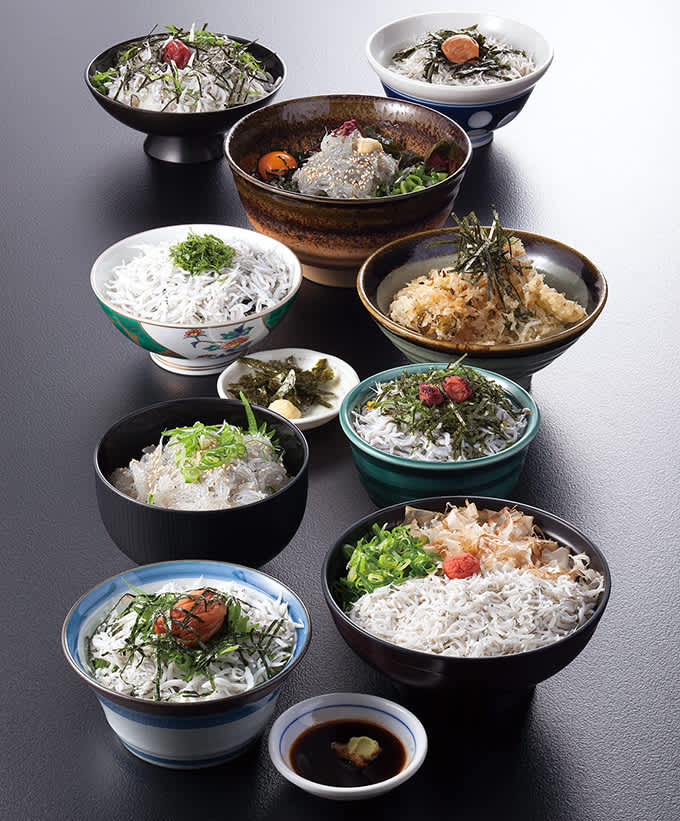
Contact Information
Yuasa-cho Tourism Association
668 Yuasa, Arida District, Wakayama Prefecture
How to Get There
Yuasa-cho can be easily accessed by rail from central Osaka. The Kuroshio Limited Express runs from Tennoji Station to Wakayama (one hour). From there, you can transfer to a local train to Yuasa (a further 30 minutes). From Tokyo to Osaka, take the Shinkansen to Shin-Osaka Station (about two hours). If you’re flying, Kansai International Airport (KIX) is nearest.
Recommended Itineraries
Yuasa can be visited as a day-trip from Osaka. But it also makes an excellent stopping point on your way to the Buddhist pilgrimage site of Koyasan or the sacred Kumano Kodo trails. Bicycles and maps are available free of charge at the town information center across from the train station. A number of machiya (traditional houses) offer accommodation.
Related Links
Yuasa Machigoto Soy Sauce Museum (English)
Yuasa Soy Sauce Co., Ltd. (English)
Nihon Ryori Yokogusu (English)
Map
Featured Cuisine
Shoyu, or soy sauce, is fundamental to many aspects of Japanese cuisine. These days, the key ingredients are soybeans, wheat, and water. But the first type of shoyu produced in Japan was the liquid that accumulated in kegs of Kinzanji-miso, a savory condiment first produced in Yuasa some 800 years ago using soybeans and barley fermented with chopped vegetables.
All information is correct as of the time of writing.
Please check for the latest information before you travel.




















































